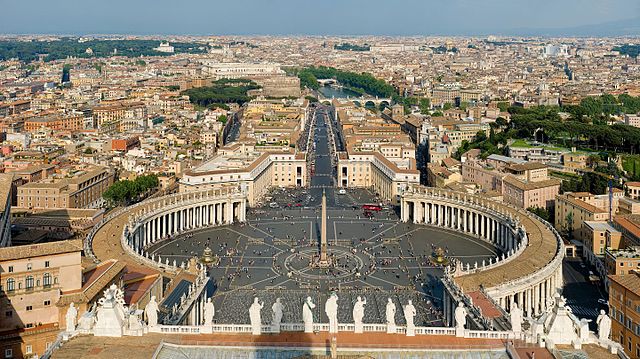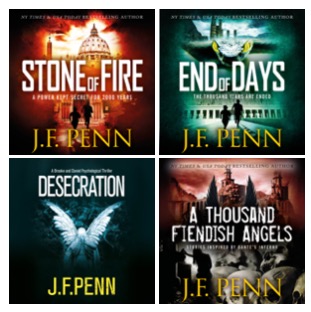When you book a trip to a new city, thoughts turn to popular attractions or places you might like to see. For most people, anatomical museums don’t usually rank high on the list.
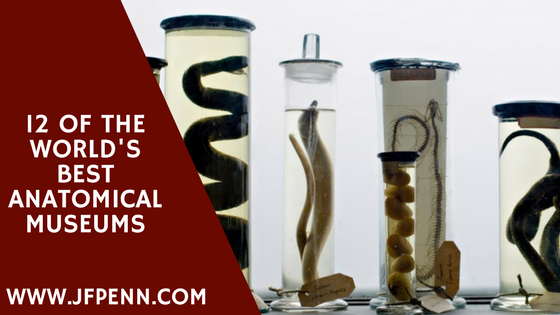
If you write crime thrillers, they’re also an excellent way to ensure you’re getting the details right!
As an avid fan of such places myself, I’ve collected together 12 of the world’s best anatomical museums. If you're into the macabre as I am, then you might enjoy them too!
1. Anatomy Museum, The Hunterian, Glasgow, UK
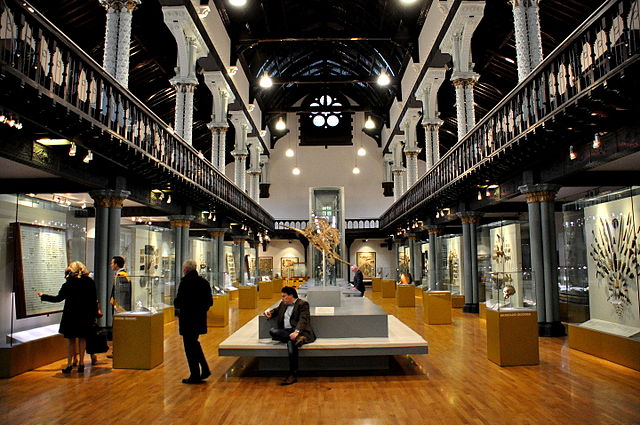
After a rift with his brother John, William donated his collection to Glasgow University. Perhaps the most famous exhibit is the plaster cast made of a pregnant uterus. It accompanies his masterpiece textbook, The Anatomy of the Gravid Uterus Exhibited in Figures (1774). His preparations of lymphatic tissue, injected with mercury to highlight the vessels, are artworks in themselves.
Of course, with tales of resurrection men murdering people to provide bodies for the anatomy school, you have to wonder how many of these were voluntary specimens …
2. Hunterian Museum, London, UK
While William Hunter’s collection went to Glasgow, John’s collection stayed in London. The vast array of preserved specimens bears witness to Hunter’s tireless efforts to understand the body. The Hunterian Museum collects together preserved body parts and even the skeleton of a ‘giant’.
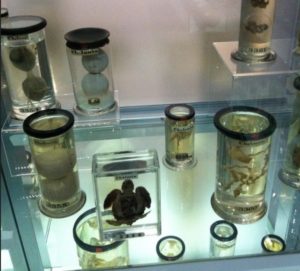
It’s also a central location for Desecration, the first book in my London Crime Thriller series. As fascinating as anatomical museums are, and they’re essential to medical progress, they raise ethical questions about the treatment of the deceased. That made the museum the ideal location for the story.
3. Mütter Museum, Philadelphia, USA
Founded in 1863 by Dr Thomas Dent Mütter, the museum is perhaps America's best known medical marvel. It uses a ‘cabinet museum' format to display the collections of specimens, instruments, and models.
Among other things, you can see part of John Wilkes Booth's spine, slices of Einstein's brain, and the famous skull collection belonging to Dr Joseph Hyrtl. The museum features a mix of temporary exhibitions and permanent displays. The Benjamin Rush Medicinal Plant Garden is a fascinating stop if you’ve also seen the Chelsea Physick Garden in London.
As their website explains, the Mütter Museum “helps the public appreciate the mysteries and beauty of the human body while understanding the history of diagnosis and treatment of disease.”
4. Old Operating Theatre, London, UK
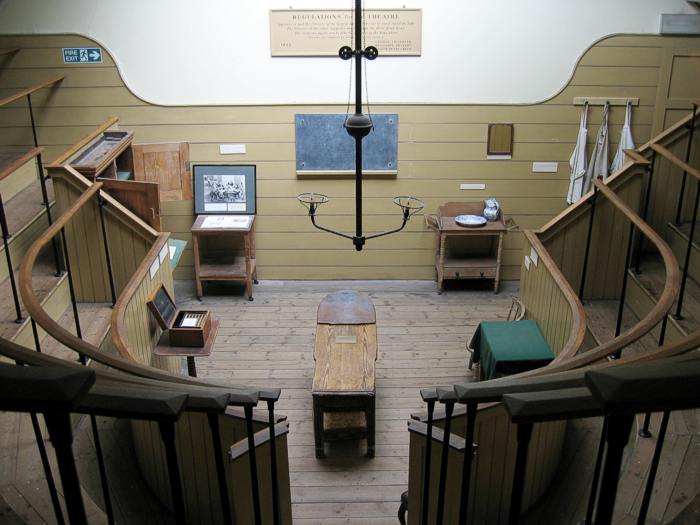
Hundreds of students would have watched the surgical procedures from the galleries surrounding the operating table and remember, this was before the invention of antiseptic or anaesthetic. Gruesome stuff!
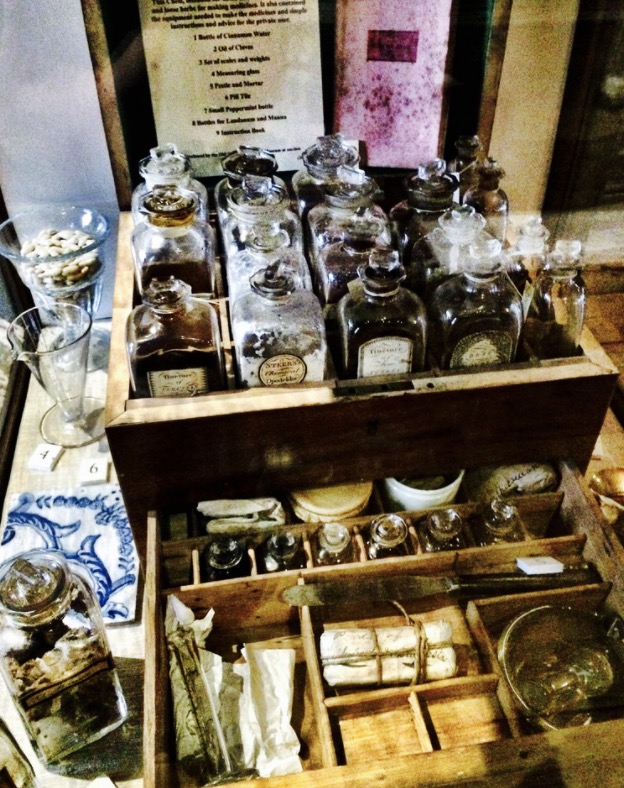
You can attend fascinating talks about the equipment by museum curators and I've even attended a Death Drawing workshop there. Like the Hunterian Museum, it provided me with plenty of research material for Desecration.
5. International Museum of Surgical Science, Chicago, USA
Founded in 1935, the IMSS aimed to promote surgical knowledge worldwide. In 1954, it opened to the public and in 1959, the museum dedicated galleries, hallways or rooms to individual nations and their surgical contributions.
The museum holds plenty of art and documentation to trace the development of surgical techniques. You can also see original x-rays, transplant equipment, and a cast from Napoleon's death mask.
The IMSS was also another of the anatomical museums to give me a story idea. It was there that I found the 4000-year-old Peruvian skull showing evidence of trepanation.
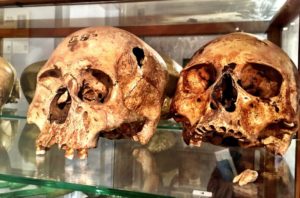
The skull inspired American Demon Hunters: Sacrifice, the dark fantasy novel I co-wrote with Lindsay Buroker, J. Thorn and Zach Bohannon on a train from Chicago to New Orleans in 2017.
6. Museum Vrolik, Amsterdam, Netherlands
Named after Gerard and Willem Vrolik, a 19th-century father-and-son who were both anatomy professors, the museum is an interesting place to visit in Amsterdam.
It started life as the pair's private collection, viewable at their house. Their specimens included both normal anatomy and malformed examples, such as one-eyed foetuses and corset livers. The museum stresses the importance of specimens such as Siamese twins, given how rare such cases are in the 21st century.
7. Warren Anatomical Museum, Harvard Medical School, USA
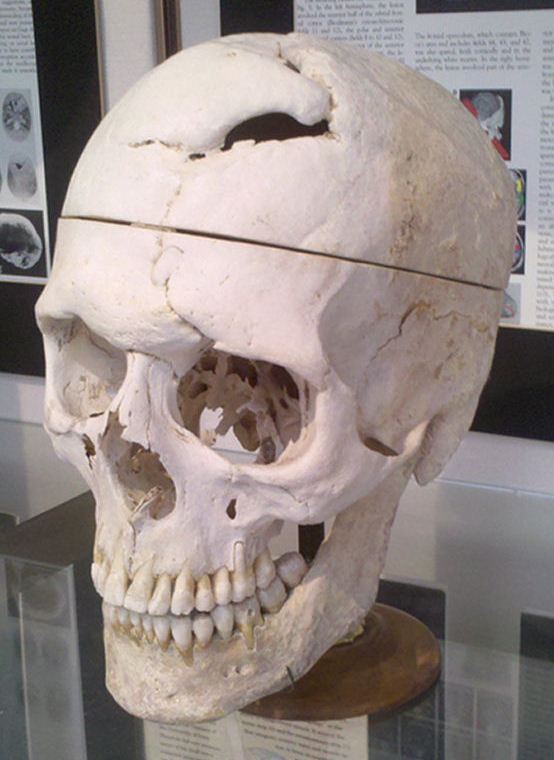
The displays contain actual human remains so photography is not allowed in the Exhibition Gallery. Its most famous exhibit is the skull of Phineas Gage (see image left), a railroad worker who suffered an iron bar driven through his brain. While he survived the trauma, the resulting change in his behaviour and personality revolutionised neuroscience.
8. Museum of Human Anatomy, Pisa, Italy
A lot of universities boast anatomical museums, but few have the lineage of the Museum of Human Anatomy in the Medical School of Pisa. The town was one of the first in Italy to get an anatomy school.
The museum itself dates to the early 19th century. A Second World War blast in 1944 caused flooding, damaging some of the exhibits, yet plenty of wonderful specimens remain. They specialise in osteology, displaying a range of different bones. One model is a skull, known as an exploded model, due to the separated bones on display. They also have other specimens representing different anatomical systems, such as circulation.
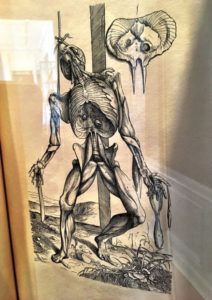
The museum even boasts a collection of embalmed Peruvian heads, alongside two Egyptian mummies. You can also pop next door to the Pathological Anatomy Museum to see all kinds of aberrations, including a two-headed cat.
9. Medical History Museum of the Hamburg University Teaching Hospital, Hamburg, Germany
Some anatomical museums attempt to trace the history of medicine. The Hamburg museum focuses on modern medicine, from the 19th century until now.
The curators are unafraid to face the darkest eras in human history. They included a display about Nazi eugenics programs. It returns a voice to those murdered by the regime for being deemed mentally or physically unfit to live. It’s a harrowing display, but it’s important to remember the sacrifices suffered by others in earlier times. I used aspects of the Nazi eugenics program in Desecration.
10. Paul Stradin's History of Medicine Museum, Riga, Latvia
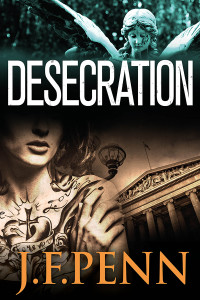
Elsewhere, there are fascinating dioramas, including a medieval pharmacy and town which explains medieval healing.
11. The Museum of the History of Medicine, Paris, France
Some of this museum's collections date back to the 18th century. They specialise in the medical instruments, but they also hold anatomical specimens and other items related to surgery.
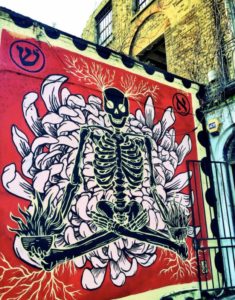
Chronological displays in the Museum of the History of Medicine lead you forwards through time as surgical devices evolve around you. From trepanning to anaesthesia, it makes you appreciate the advances of modern medicine. You can even see the autopsy equipment used on Napoleon.
12. Berlin Museum of Medical History at the Charité, Germany
This museum hosts a permanent exhibition that traces the past 300 years of medical history.
A specimen hall lies at the heart of the museum. Visitors can see 750 wet-and-dry examples on display. Like the Hamburg museum, the museum features displays that explore the ways in which the Nazis used science for their own ends. Elsewhere, temporary exhibitions shine a light on other aspects of contemporary medicine, such as forensics.
Any, or all, of these museums preserve knowledge that has been hard-won by ingenious–and diabolical–scientists. One thing is for certain–you’ll leave with a greater appreciation of modern medicine.
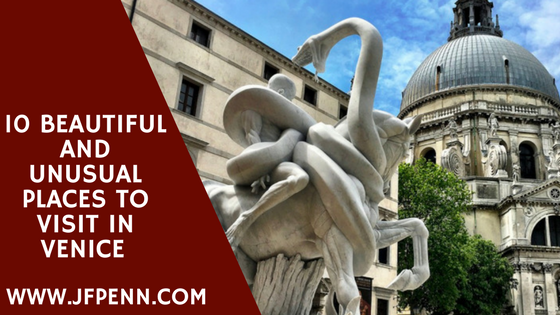 The Doge's Palace and St Mark's Campanile are obvious tourist attractions, along with the famous Rialto Bridge, spanning the Grand Canal with its souvenir shops, stalls, and selfie seekers.
The Doge's Palace and St Mark's Campanile are obvious tourist attractions, along with the famous Rialto Bridge, spanning the Grand Canal with its souvenir shops, stalls, and selfie seekers.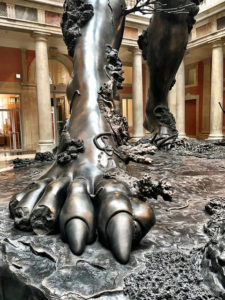
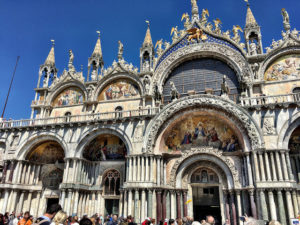
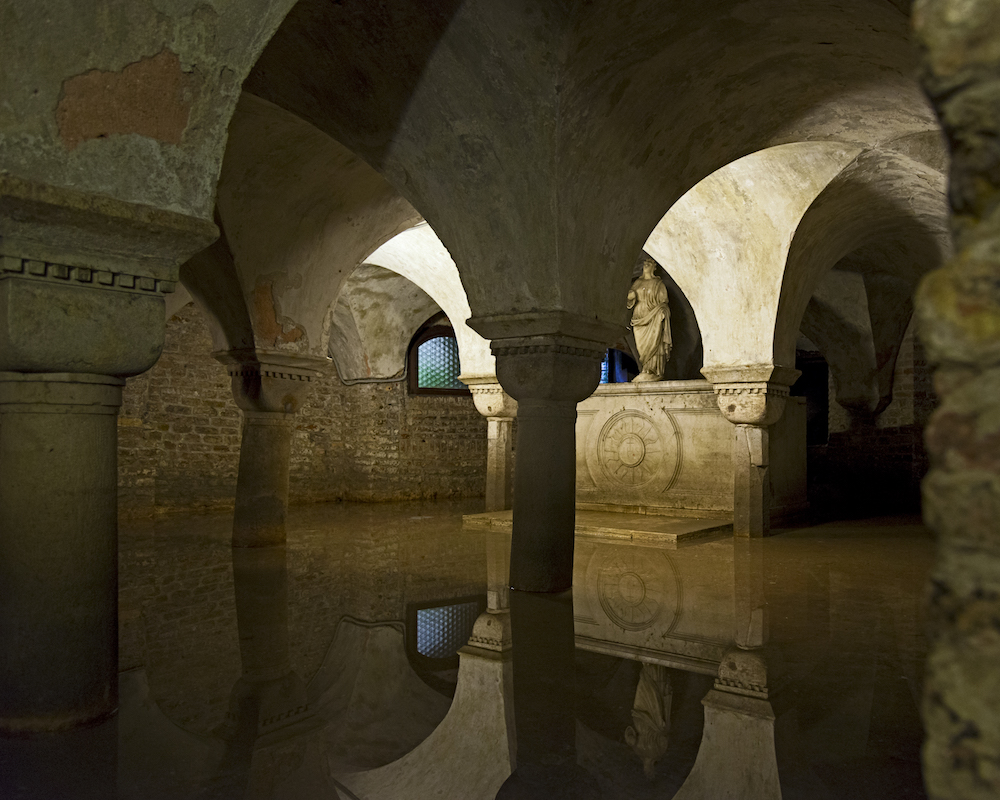
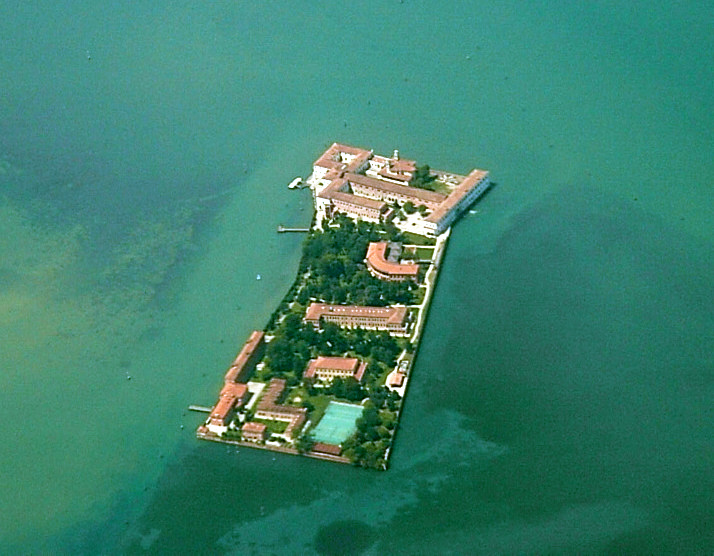
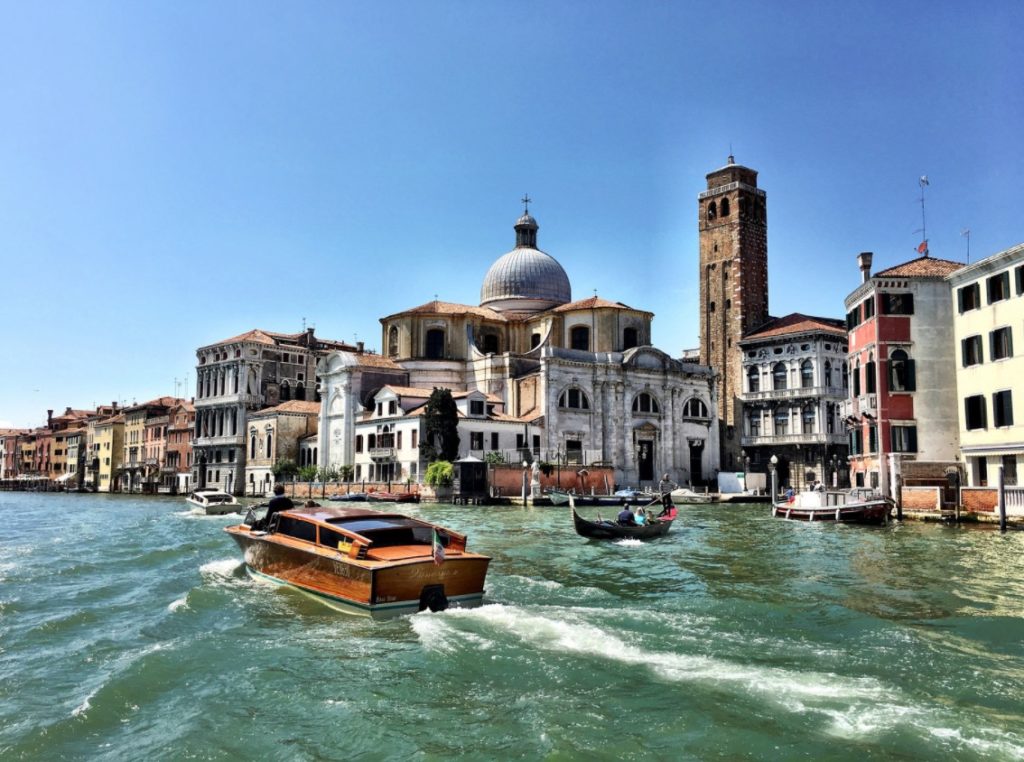
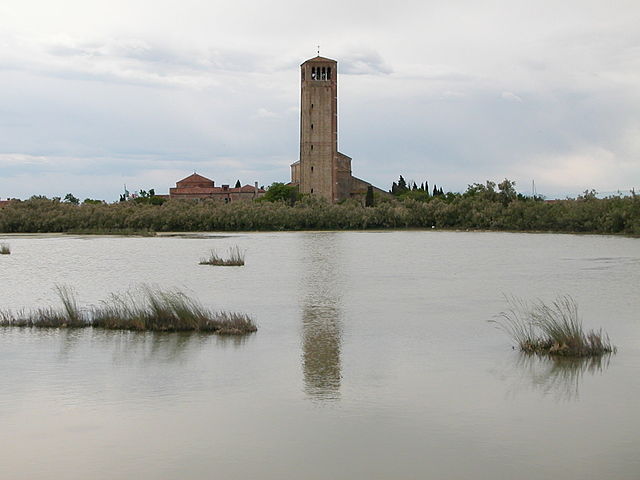
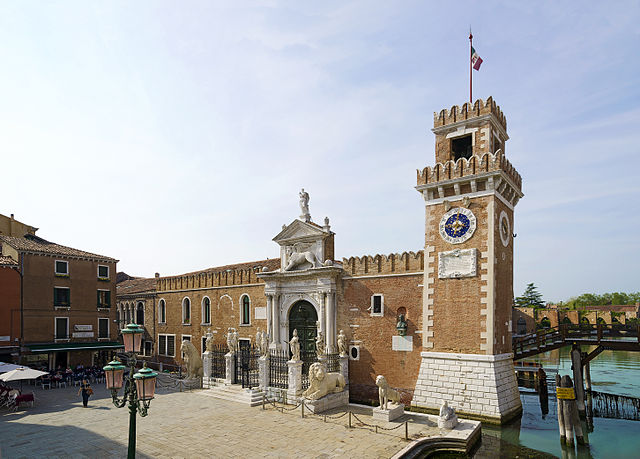
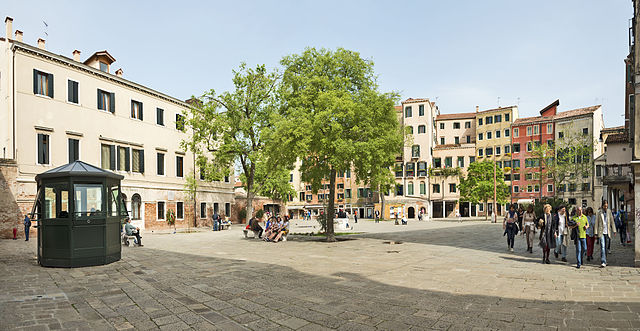
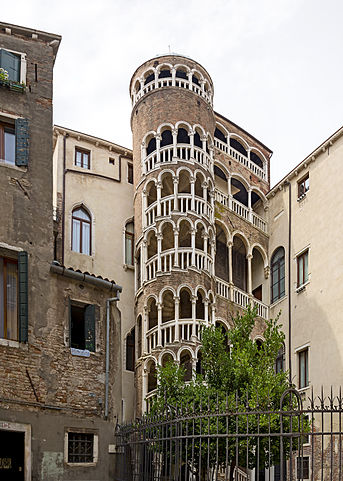
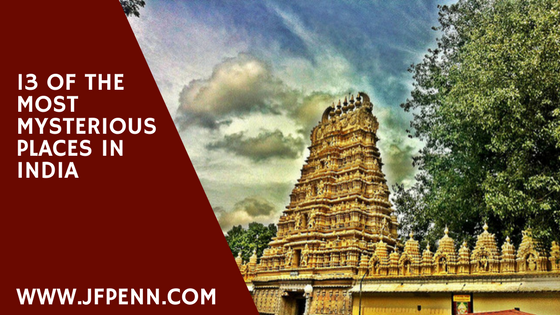
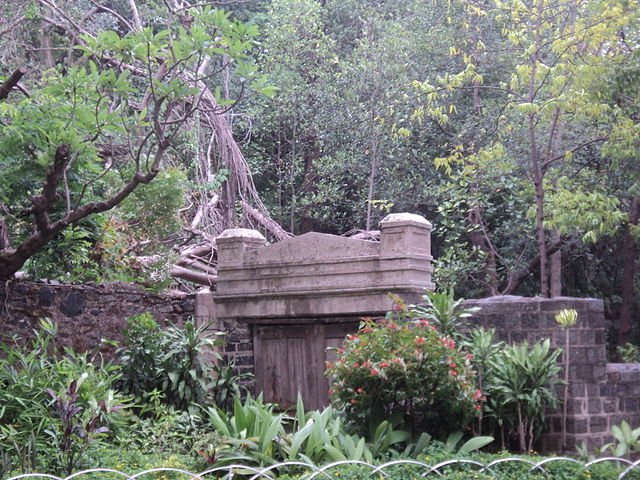
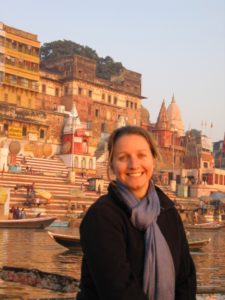
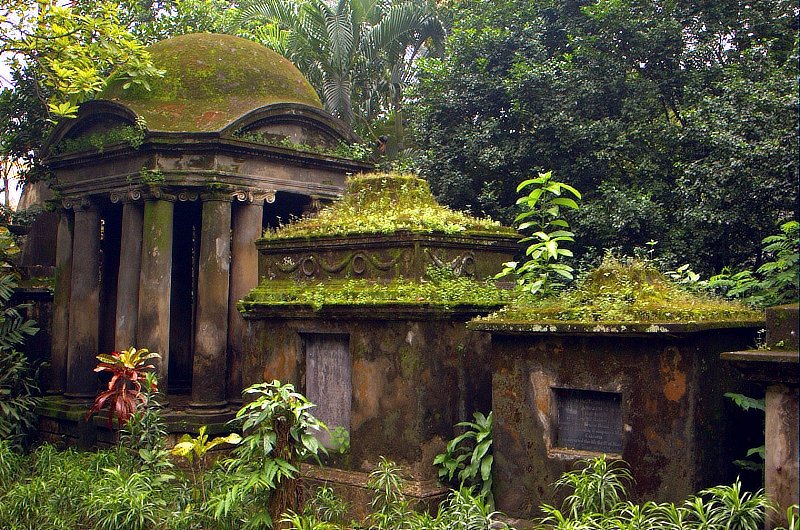
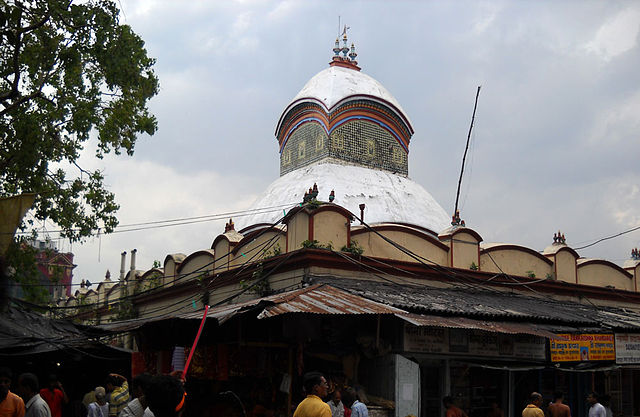
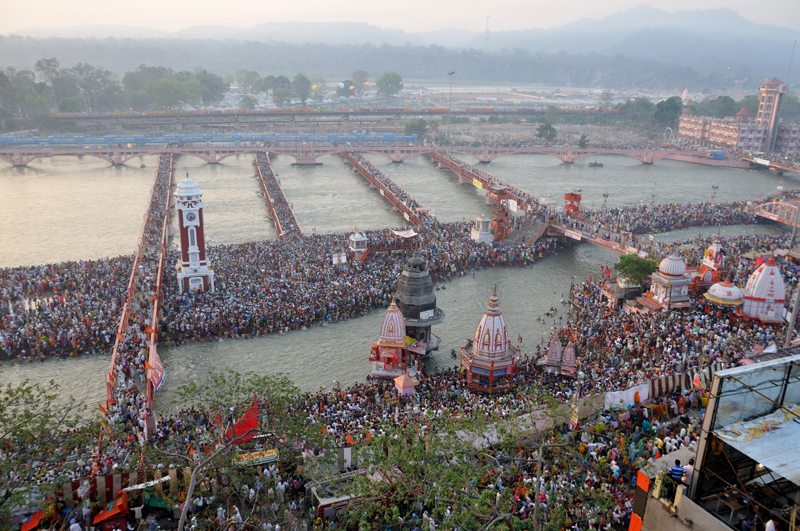
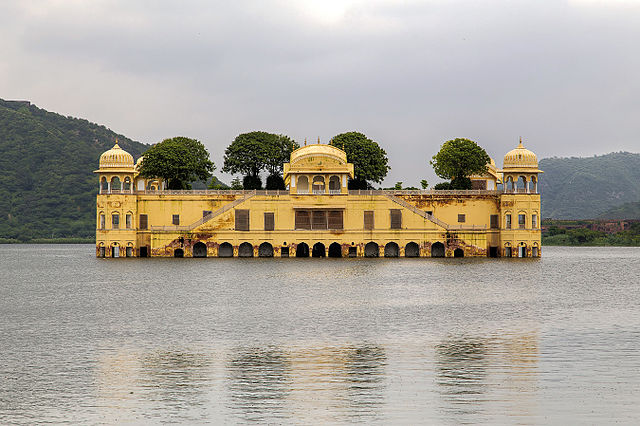
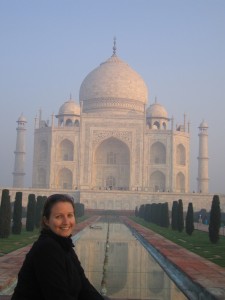
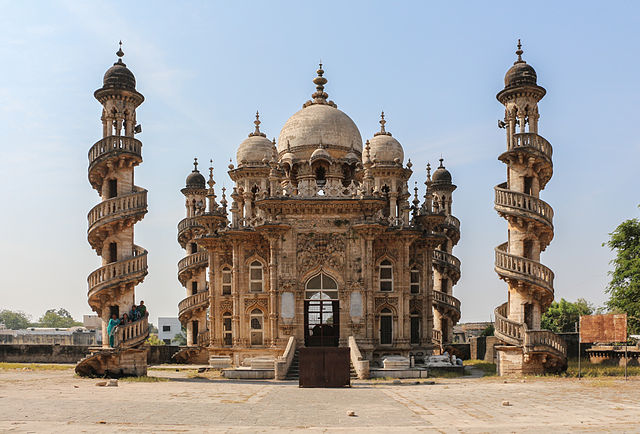
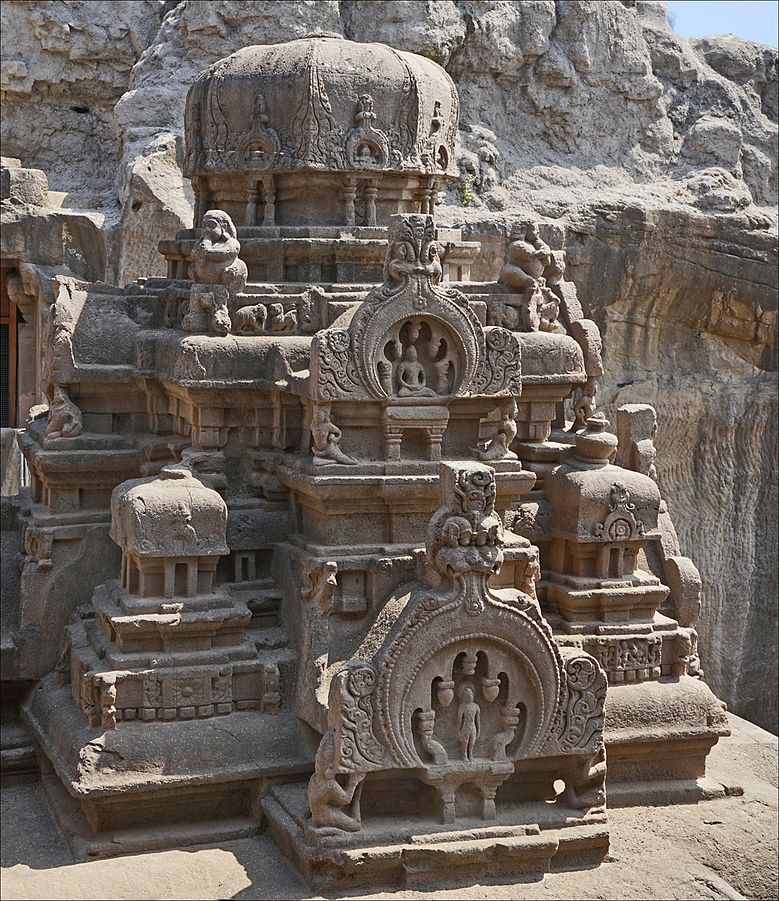
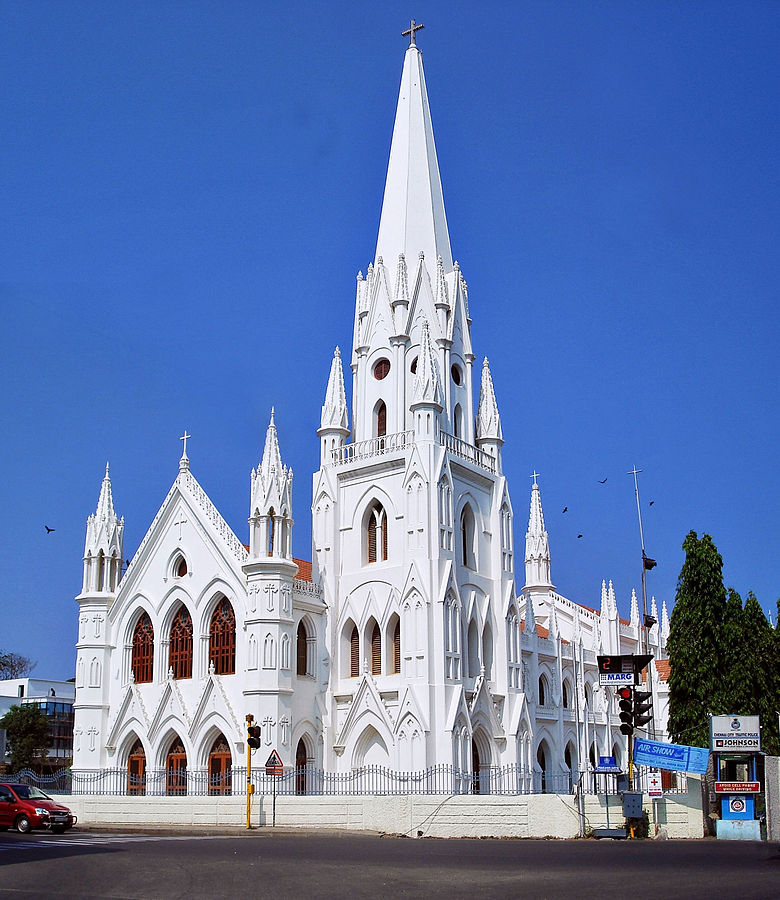
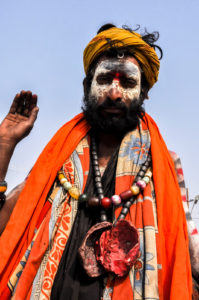
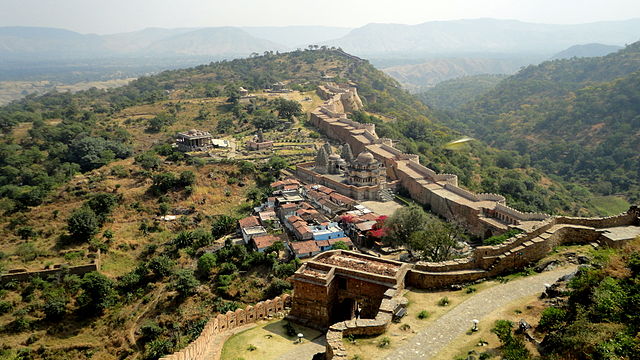

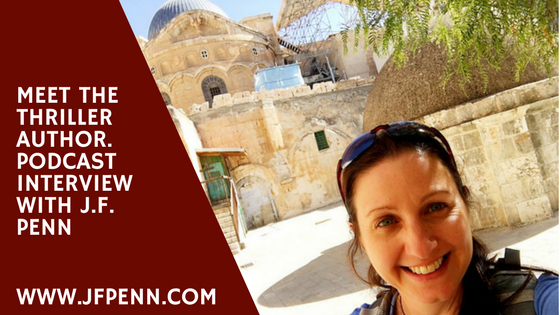
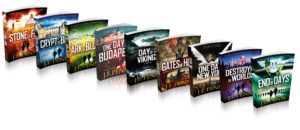
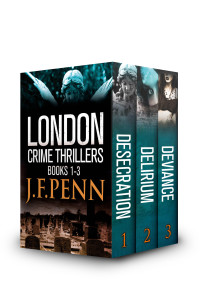 And then I have the
And then I have the 
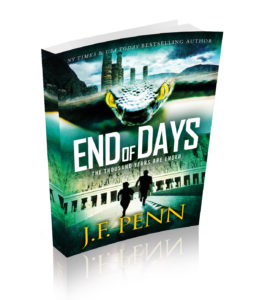
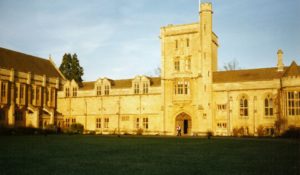
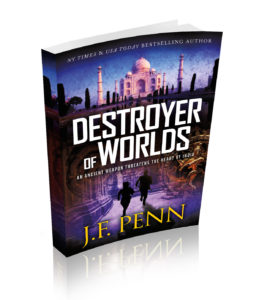

 And so when I write now, obviously from a selfish reason I write for me because I look at all the cool places I get to travel to, but then I also am writing that book for the person who was trapped in that job and any readers who want to escape their life just for a few hours.
And so when I write now, obviously from a selfish reason I write for me because I look at all the cool places I get to travel to, but then I also am writing that book for the person who was trapped in that job and any readers who want to escape their life just for a few hours.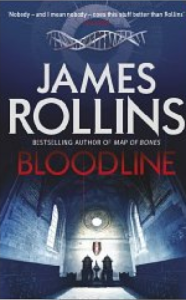
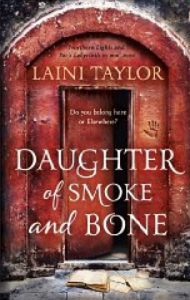

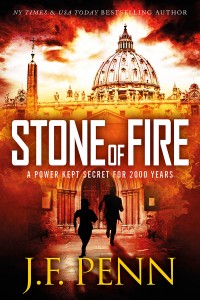
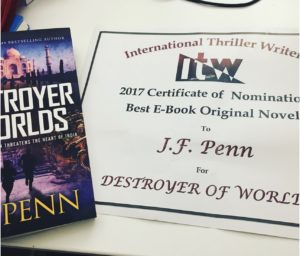 Alan: I saw on your website
Alan: I saw on your website 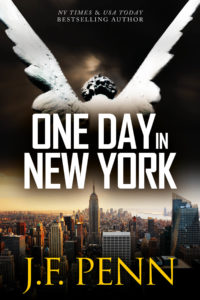
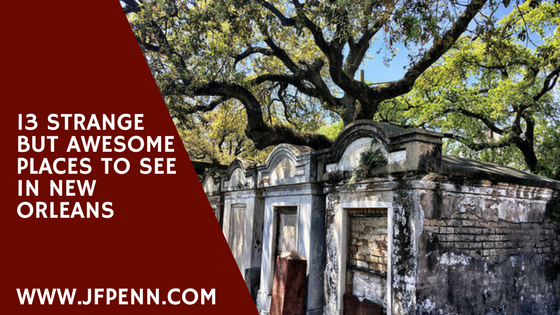
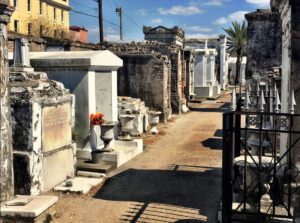
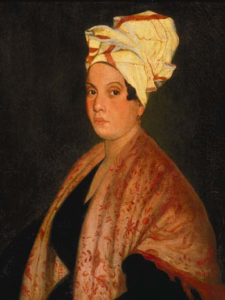
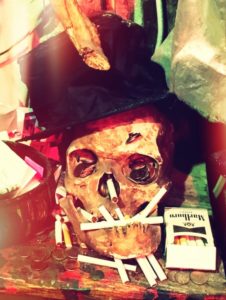
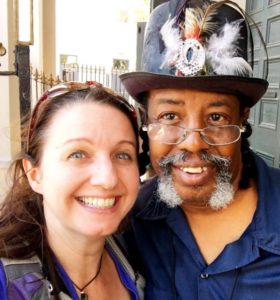
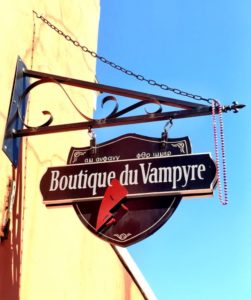 There is a very cool shop full of vampire gifts and if you get chatting to the (pale) staff, you might get invited to one of the private clubs where entry is only allowed if you are invited by or accompanied by a vampire.
There is a very cool shop full of vampire gifts and if you get chatting to the (pale) staff, you might get invited to one of the private clubs where entry is only allowed if you are invited by or accompanied by a vampire.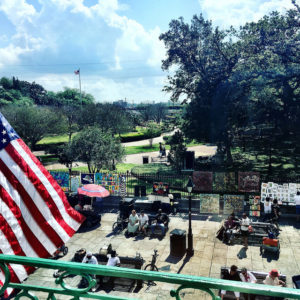
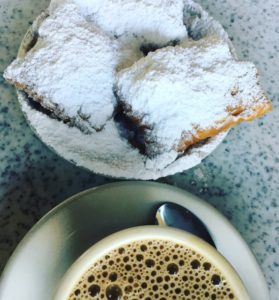
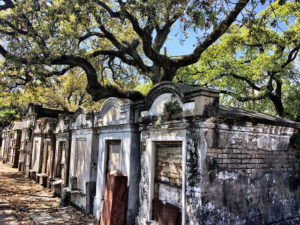
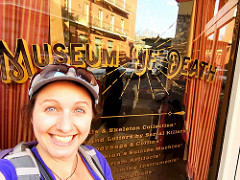
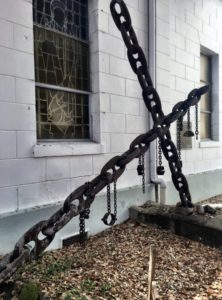
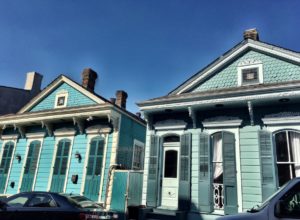
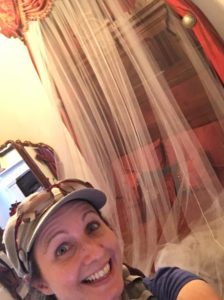
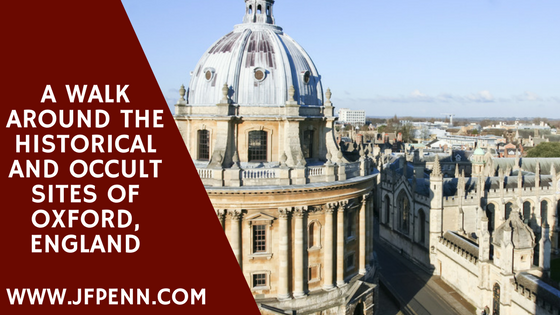 I first dreamed of Oxford after reading Thomas Hardy's
I first dreamed of Oxford after reading Thomas Hardy's 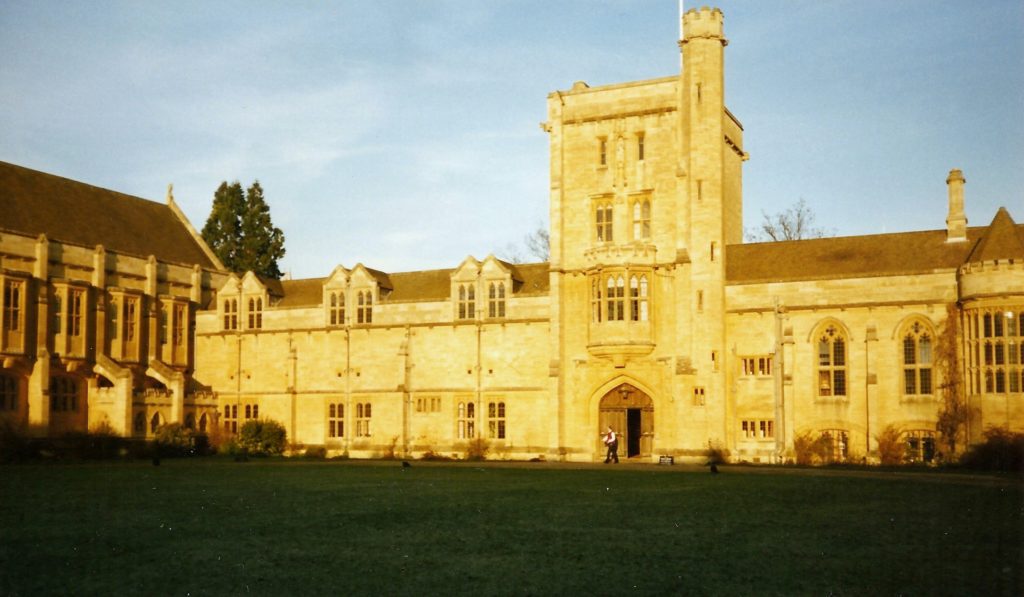
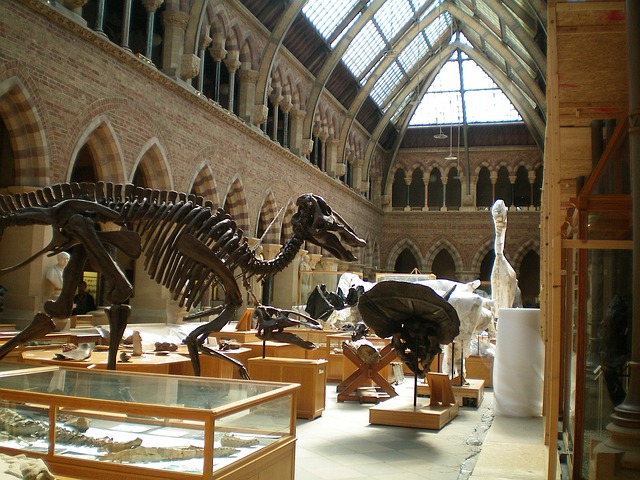
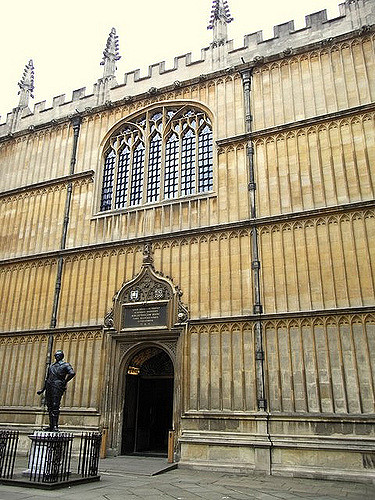
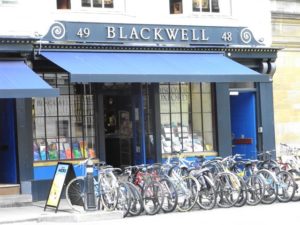
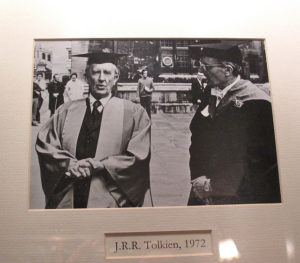
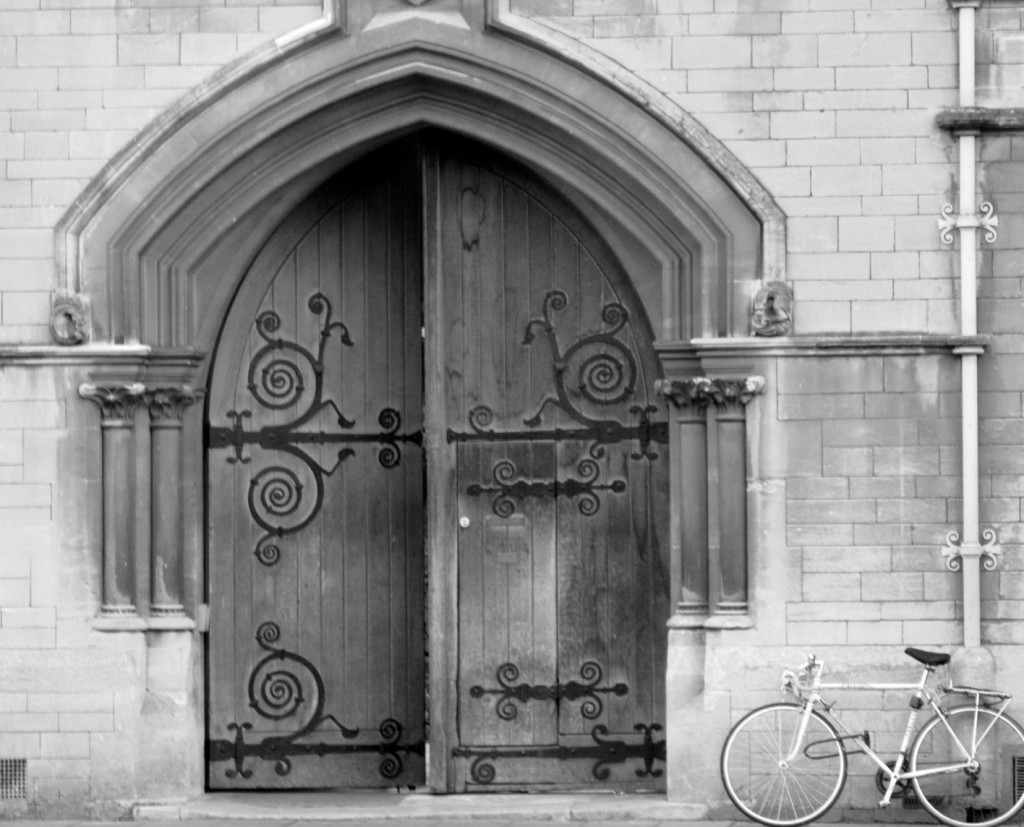
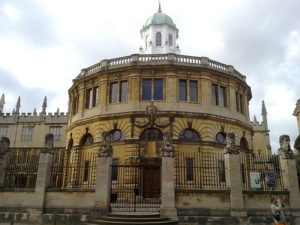
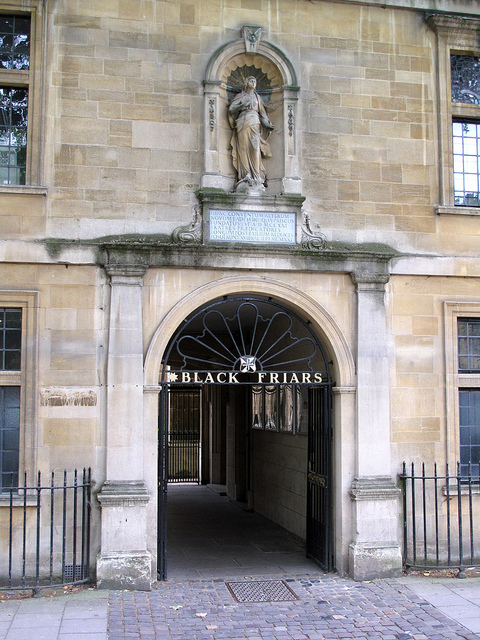
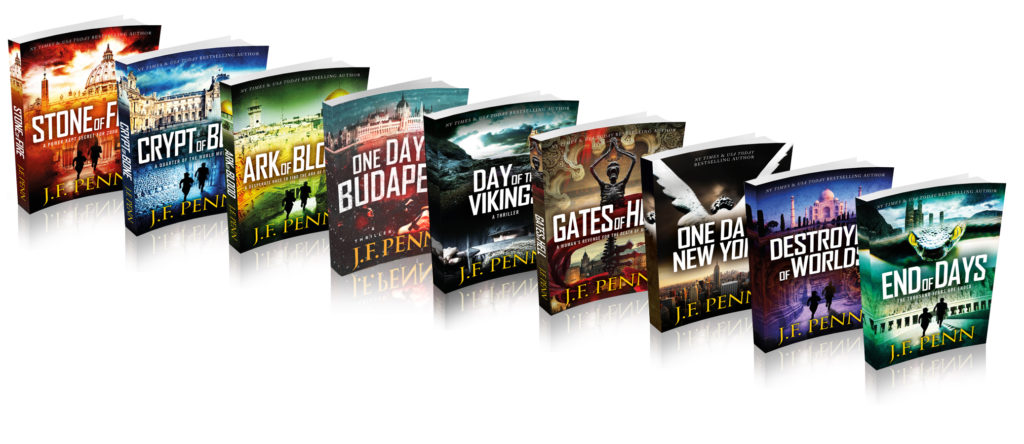
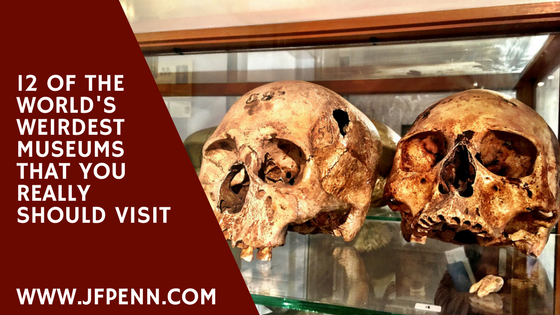
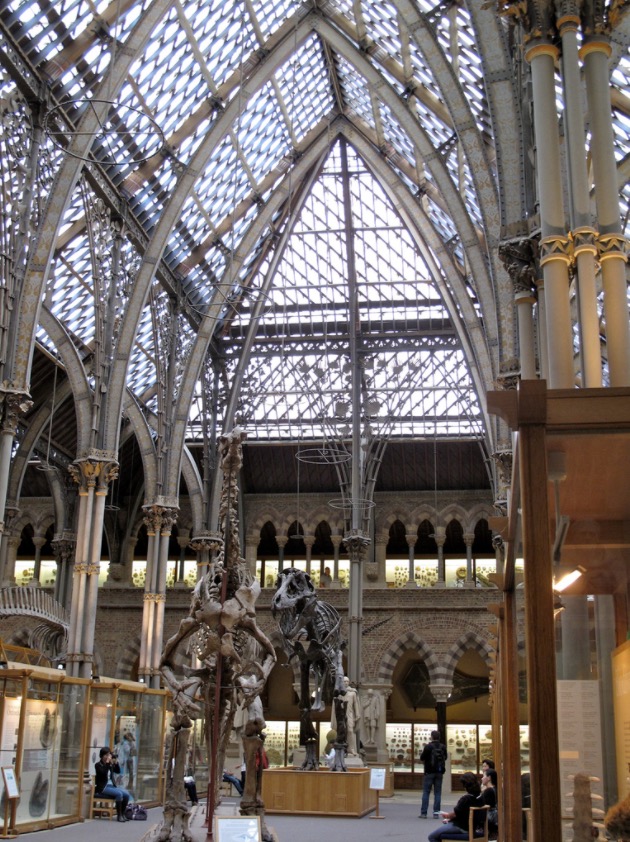
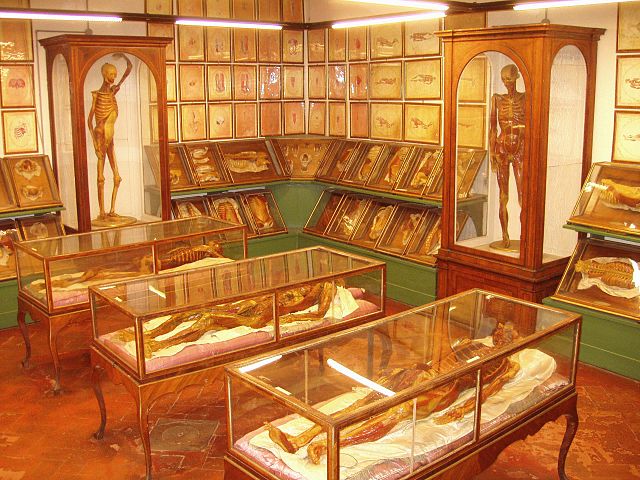
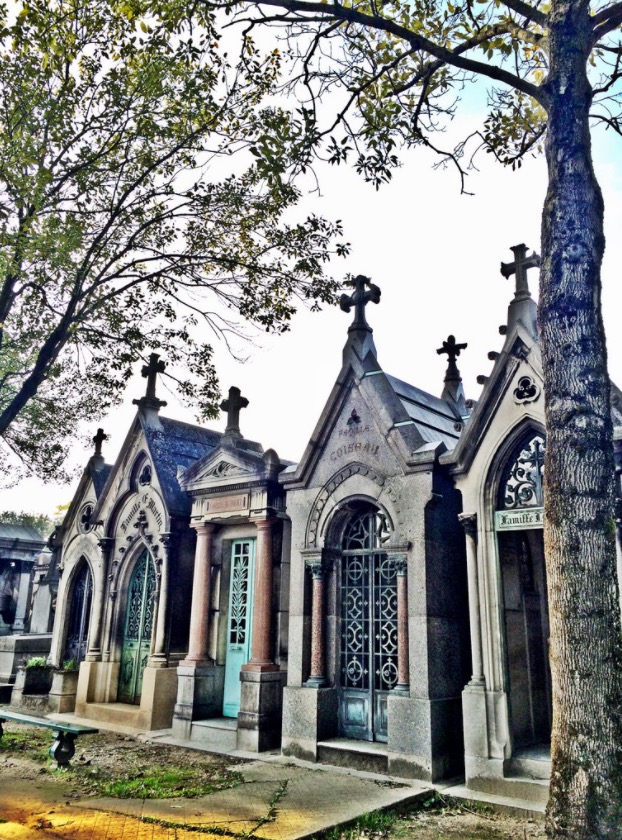
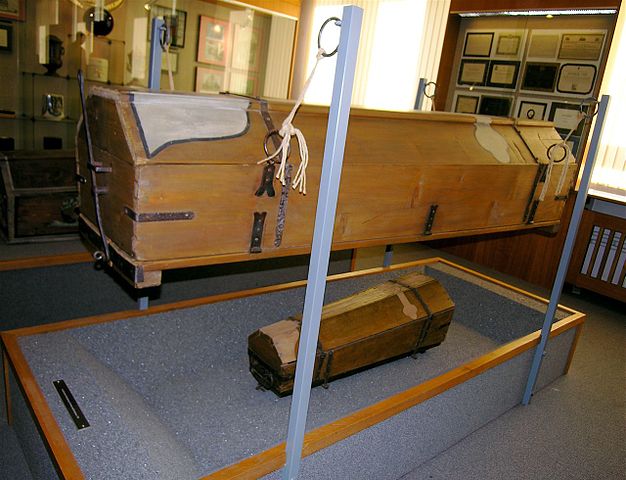
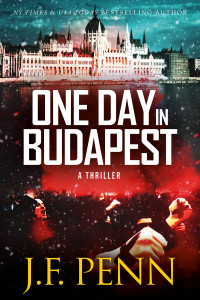
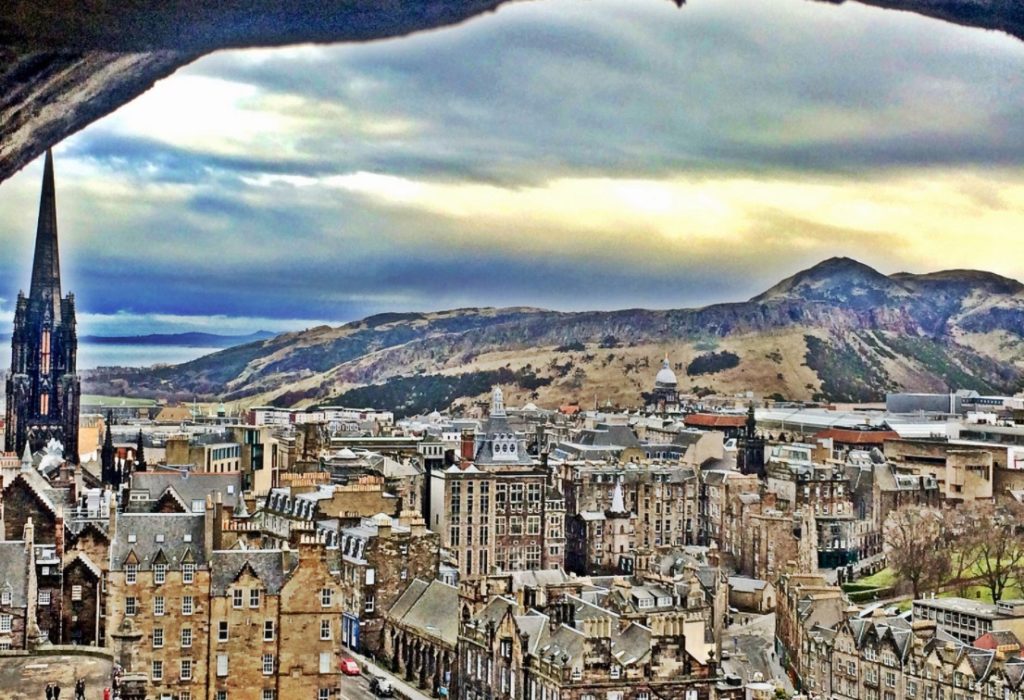
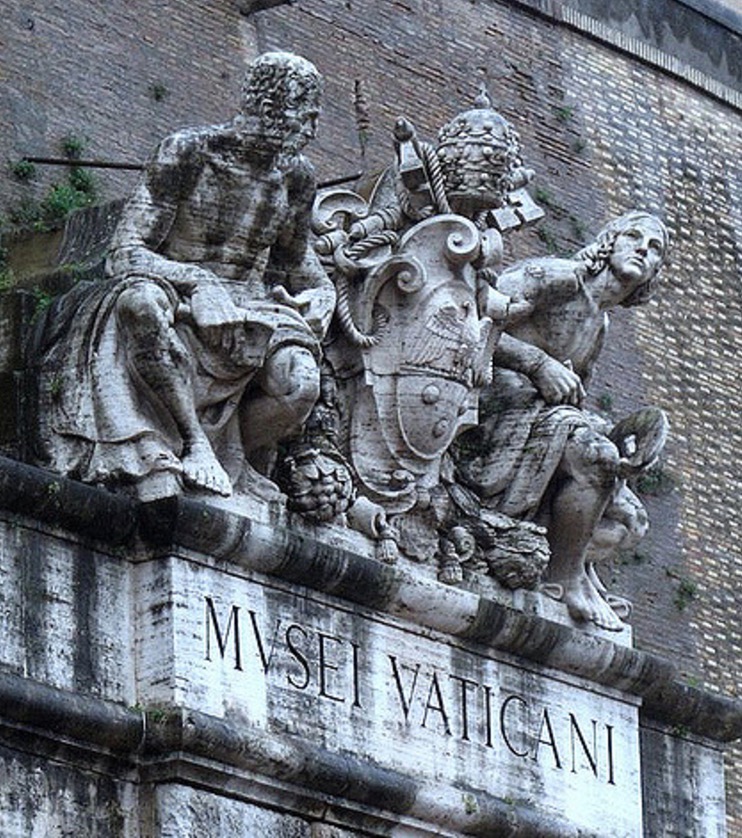 In the Catholic faith, souls pass through Purgatory on their way to heaven. You pay for your sins in Purgatory. The soul made its way through Purgatory faster if more of the living said prayers to speed them along. In earlier centuries, people handed out ‘soul cakes’ to the poor at Halloween, in exchange for the poor saying prayers for their relatives.
In the Catholic faith, souls pass through Purgatory on their way to heaven. You pay for your sins in Purgatory. The soul made its way through Purgatory faster if more of the living said prayers to speed them along. In earlier centuries, people handed out ‘soul cakes’ to the poor at Halloween, in exchange for the poor saying prayers for their relatives. The destruction of the ancient library of Alexandria still prompts a sob from book lovers today. Losing so much knowledge and wisdom certainly pains scholars. But books aren’t just important to academics.
The destruction of the ancient library of Alexandria still prompts a sob from book lovers today. Losing so much knowledge and wisdom certainly pains scholars. But books aren’t just important to academics.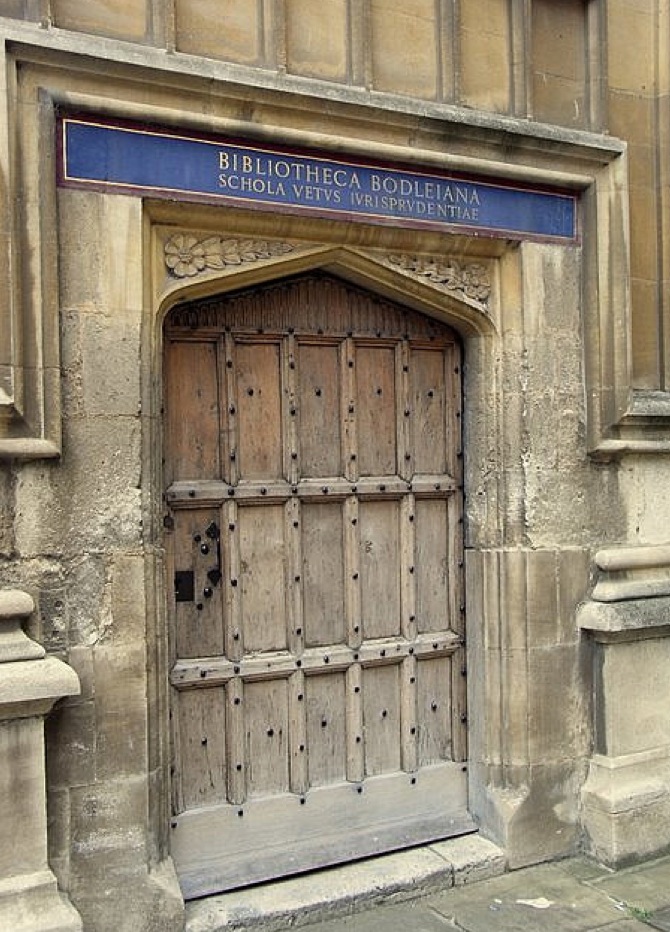

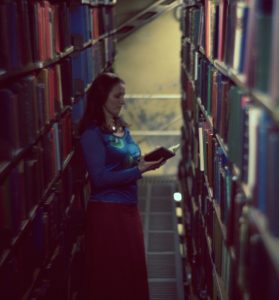

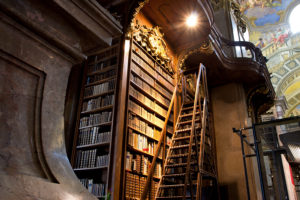 Best of all, it's open to the public during the day. So if you’re a person who still distrusts the Kindle, you’ll be right at home at the Book Club.
Best of all, it's open to the public during the day. So if you’re a person who still distrusts the Kindle, you’ll be right at home at the Book Club. 8) The Bookbike of Pima County, USA
8) The Bookbike of Pima County, USA